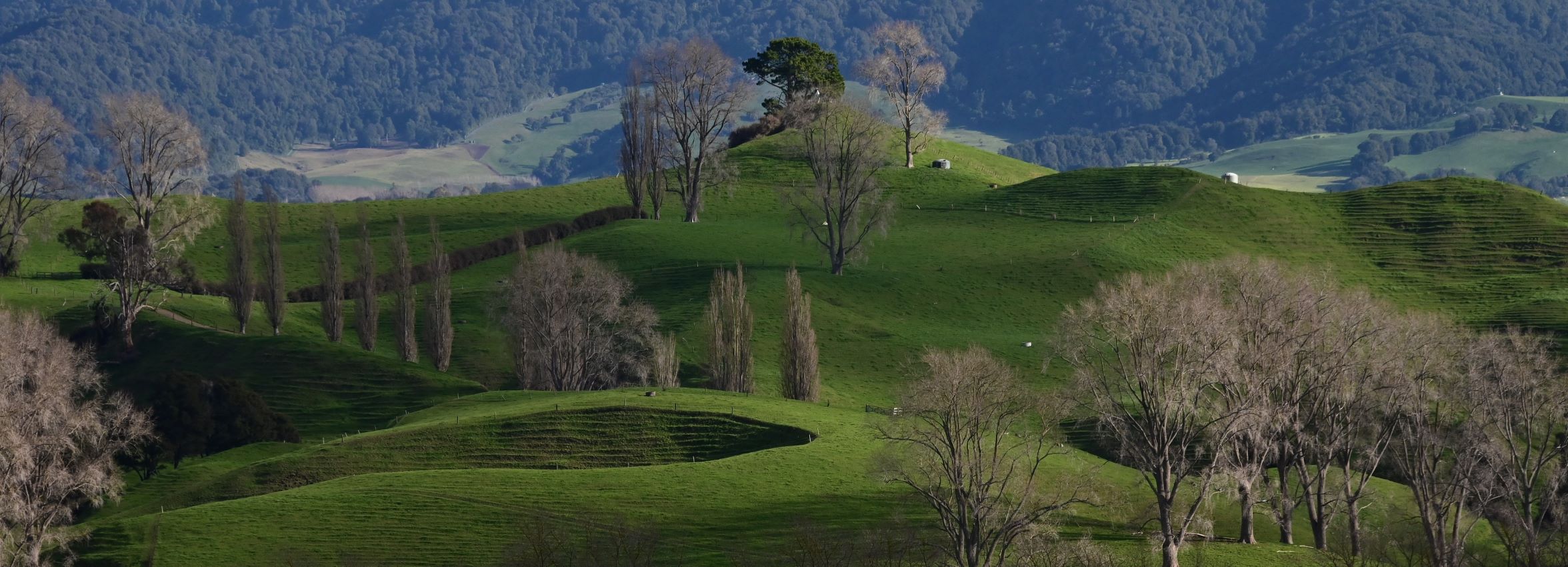There is no shortage of developers creating software, tools, and technologies for agriculture. Almost the opposite in fact. Farmers tell of the many different tools and solutions they need to use to record compliance information, analyse farm performance, monitor health and safety, and communicate with their staff and suppliers.
And there is room for a variety of different tools. Farmers may choose a specific tool that better fits their personal style, runs on their model of computer or smartphone, or integrates best with their supply chain. The frustration arises when these technologies can’t talk together: when you are prompted to draw your farm map (not a small task) for the third or fourth time, or when you must use arcane file export and import functions to exchange data.
So, it is refreshing to see agritech developers coming together to work on ways to streamline the data interoperability question. Even more so when those developers are from a range of organisations and businesses, from New Zealand’s largest agribusinesses to single person companies and including central and regional government.
This is what has been happening in the Geospatial data interoperability initiative, a collaboration facilitated by Rezare Systems under the auspices of the Agritech Industry Transformation Plan, overseen by AgriTech New Zealand, the Ministry for Primary Industries and the Ministry for Business, Innovation, and Employment.
For this initiative, a working group formed in June 2021 with two key learning objectives:
- To prototype an “open-source”, collaborative specification development process that could be used to encourage data interoperability in other industry initiatives
- To create a small number of specific geospatial (mapping) specifications that will support a variety of current and future uses – including land and environment planning, fertiliser and spraying, and farm management software.
- Participants represented some 20-different companies and organisations across pastoral, arable (thanks to some Australian input), horticultural, and biodiversity spaces. They met weekly to discover common needs and work out technical specs.
Facilitator Andrew Cooke notes that the working group has taken a different approach from traditional standards bodies.
“Rather than a broad formal standard, which can take a long time to reach agreement and often end up overly complex, the group created a simple “minimum viable product” specification, using a data language – JSON Schema – that is supported by most modern programming tools.”
At the same time, the group didn’t neglect existing international standards.
“We’ve made significant use of GeoJSON – a newer standard for transferring geospatial information, and we’ve modelled our design on existing standards – especially the European INSPIRE mapping initiative, and AgGateway’s ADAPT data model.”
In August the group’s first version of the specifications were ready for use. The specifications support transmitting data about operating farm boundaries (called “holdings”), land management units or blocks (called “Sites” in the specification) and paddocks, fields, or horticultural blocks (collectively “Plots”).
The MVP specifications can be used for messages between computer systems, APIs that support integration, and even support storing information in distributed ledgers like blockchains. Group members plan on exploring a number of these approaches as they prototype and test the new specification.
The participants are keen to work together again and have a list of other features and specifications they would like to create. This includes hazards, biodiversity and forest areas, points of interest and activities such as planned or actual spraying and spreading.
For more information about the Agricultural Geospatial working group visit: https://github.com/Datalinker-Org/Geospatial/wiki


